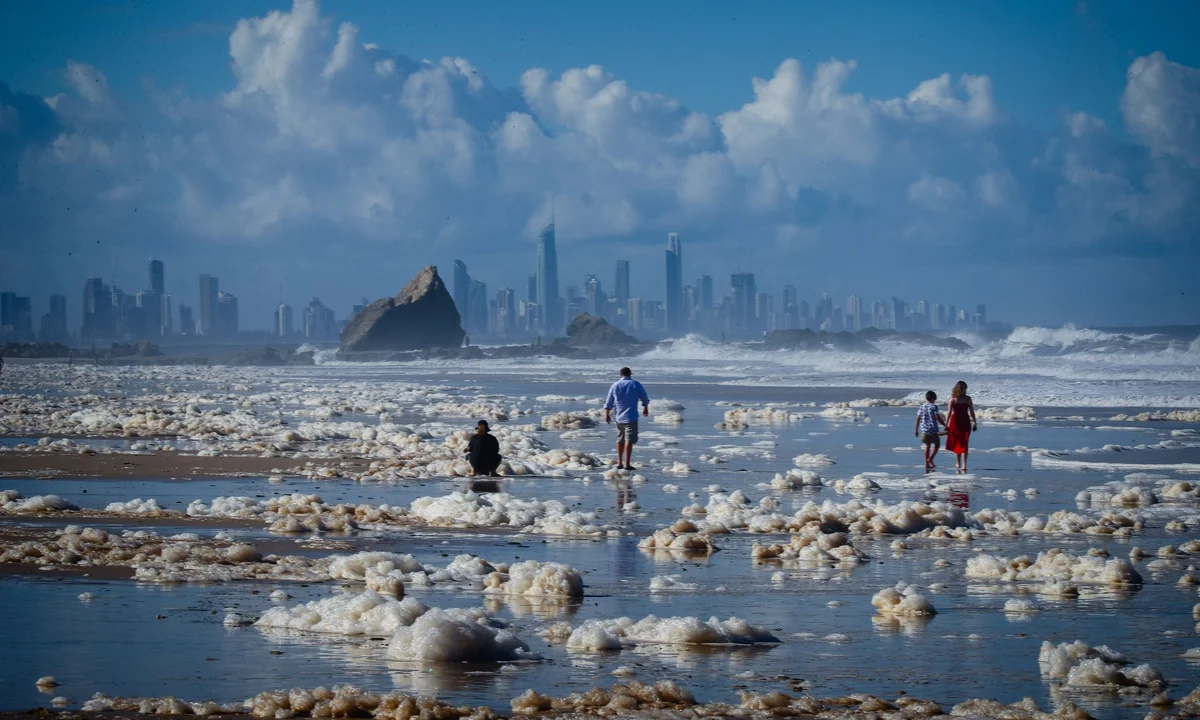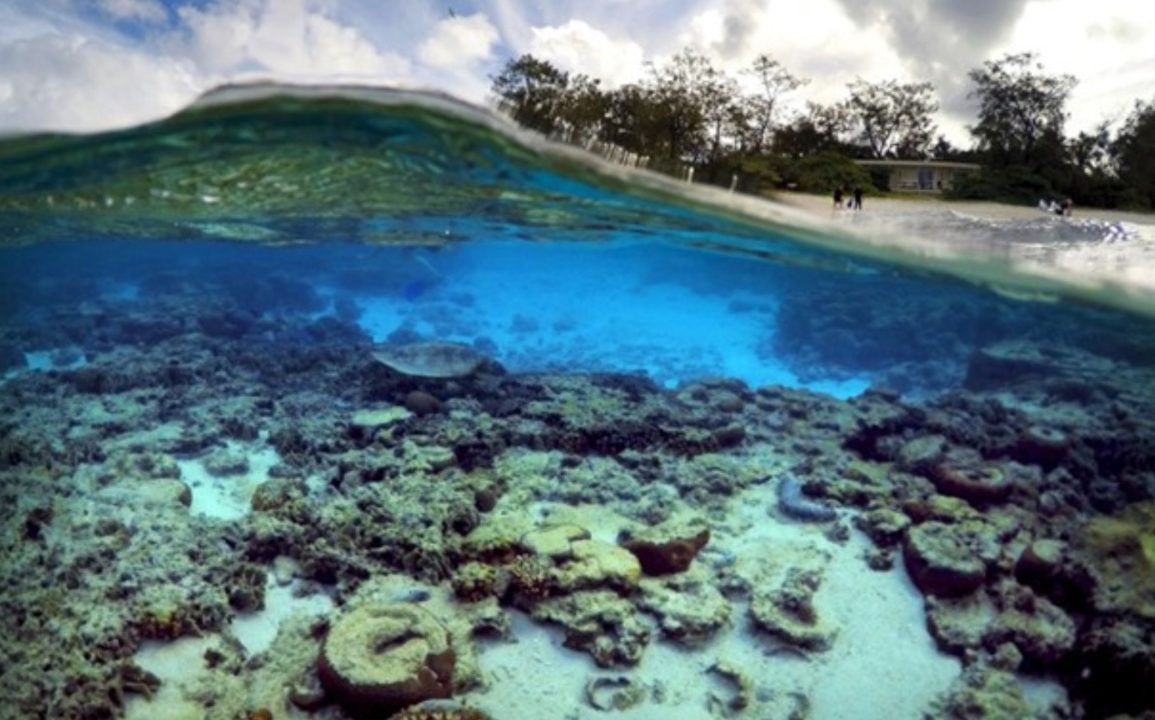Australia’s tourism industry faces significant threats from climate change, as highlighted by a new report that assesses the vulnerability of various tourism assets across the country. This report, created by the insurance group Zurich and economic analysts at Mandala, reveals that over half of the 178 evaluated tourism sites—from national parks to major city attractions—are at risk from climate-related events.
The analysis suggests that the increasing frequency of climate disturbances, such as bushfires and flooding, could lead to chaos in the tourism sector, endangering many of the 620,000 jobs within this industry.
The report emphasizes the widespread nature of the problem, as Adam Triggs, an expert from Mandala, notes the systemic risk identified across numerous locations. The analysis used data on nine “climate perils,” which encompass a range of environmental threats including storms, floods, and heatwaves.
Projections indicate that if global temperatures rise by 2°C by mid-century, up to 68% of tourism assets will fall into a high-risk category. This level of warming is considered a likely scenario under a “middle-of-the-road” approach to greenhouse gas emissions.
Specific regions are noted for their high risk, with Queensland showing the highest percentage—52% of its sites falling into the most critical risk categories. Significant attractions, such as Sydney’s Royal Botanic Gardens, Bondi Beach, and popular national parks, are highlighted as particularly vulnerable.

South Australian regions, including Barossa and Adelaide Hills, along with various other iconic locations, also face considerable climate threats. Additionally, all 31 of Australia’s busiest airports rank in the two highest risk categories, primarily due to their exposure to extreme weather events.
The impact of climate events on tourism is not hypothetical; the black summer bushfires of 2019 and 2020 serve as a stark example, leading to a 35% reduction in tourism revenues. If similar disruptions were to occur again, it could jeopardize up to 176,000 jobs, predominantly in regions outside major cities.
A recent study quantifies this impact, revealing that the fires resulted in a nearly immediate $2.8 billion decline in tourism output and its associated supply chains.
Experts like Daniel Gschwind stress the need for the tourism industry to advocate for stronger climate action, highlighting that the sector has suffered from decades of inadequate global policy responses to climate change.
There is a call for increased resilience-building efforts among tourism assets, supported by government and community initiatives. The report ultimately suggests a need for a dual approach: reducing emissions while simultaneously addressing the immediate impacts of climate change on vulnerable tourism infrastructure.

